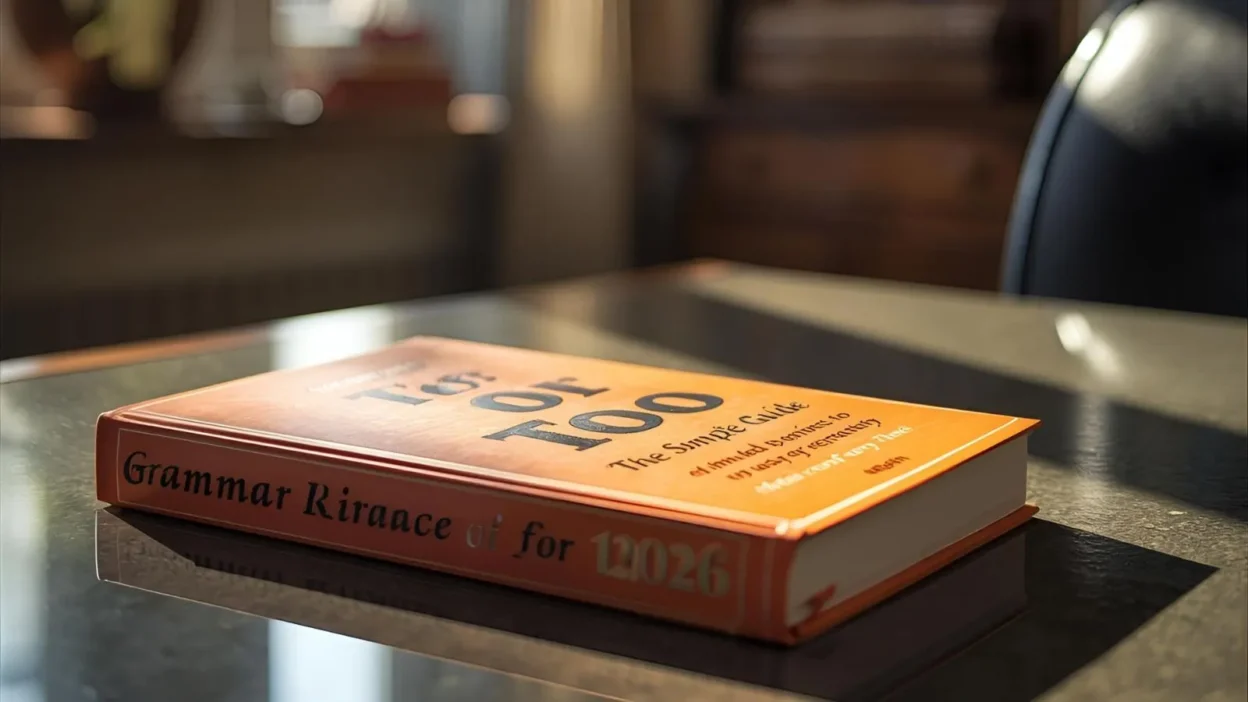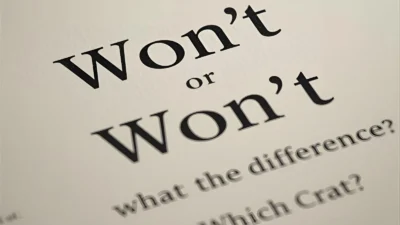If you’ve ever paused mid-sentence wondering whether to write to or too, you’re not alone.
This small word pair confuses millions of English learners — and even native speakers.
People often search “to or too” because the two words look similar but have very different meanings.
One is a preposition (to), and the other is an adverb (too).
Using the wrong one can make sentences sound strange or even change their meaning entirely.
This article is your complete, easy-to-understand guide to the difference between to and too.
We’ll explore their origins, usage in British and American English, and show you how to pick the right one every time.
Whether you’re writing an email, essay, or social media post, this guide will help you confidently choose between to and too — without second-guessing yourself again.
To or Too – Quick Answer
- To = shows direction, purpose, or relationship.
✅ I’m going to the park.
✅ She wants to learn Spanish. - Too = means “also” or “excessively.”
✅ I want to go too. (also)
✅ It’s too hot today. (excessively)
Simple trick:
If you can replace it with “also” or “very,” use too. Otherwise, use to.
The Origin of “To” and “Too”
Both words come from Old English.
- To comes from tō, meaning “toward” or “in the direction of.”
- Too evolved from tō as well, but its form changed over time to show emphasis or addition — meaning “in excess” or “in addition.”
The double “o” in too was added around the 16th century to make pronunciation clearer and to distinguish it from to. Over time, English spelling stabilized, but these two words kept their similar look, which still confuses people today.
British English vs American English Spelling
Both to and too are spelled the same in British and American English. However, sentence style and word choice may differ slightly.
| Usage | British English Example | American English Example |
| Direction | She’s going to hospital. | She’s going to the hospital. |
| Excess | It’s too cold today. | It’s too cold today. |
| Addition | I’d like to come too. | I’d like to come too. |
So, the difference isn’t spelling — it’s context and style.
Which Spelling Should You Use?
Good news — the spelling doesn’t change across regions!
✅ Always write to when expressing direction, purpose, or relationship.
✅ Always write too when expressing “also” or “excess.”
However, your writing tone may depend on your audience:
- US readers: prefer direct, concise sentences.
- UK/Commonwealth readers: often use more formal phrasing.
- Global audience: keep it simple — short, clear sentences make your meaning universal.
Common Mistakes with “To” or “Too”
| Mistake | Correction | Explanation |
| I want to go to. | I want to go too. | “Also” meaning requires too. |
| It’s to hot outside. | It’s too hot outside. | “Too” shows excess. |
| She’s going too the park. | She’s going to the park. | “To” shows direction. |
| I’m happy to. | ✅ Correct | Shows purpose. |
| I’m happy too. | ✅ Correct | Means “also.” |
Tip: Read your sentence aloud — if “also” or “very” fits, use too.
“To” or “Too” in Everyday Examples
Emails:
- I’d like to thank you for your help.
- Thank you, and John helped too!
News:
- Prices are expected to rise next month.
- Some say the increase is too much for small businesses.
Social Media:
- Heading to the beach!
- It’s too sunny to stay indoors!
Formal Writing:
- We plan to expand our services next year.
- The demand has been too high to ignore.
These examples show how both words appear naturally in all types of communication.
“To” or “Too” – Google Trends & Usage Data
According to Google Trends, searches for “to or too” spike around exam seasons and writing-heavy months (like January and September).
Top Countries Searching:
- United States
- United Kingdom
- India
- Canada
- Australia
This shows that confusion about to vs too is global — not limited to English learners.
| Region | Most Common Mistake | Example |
| US | Mixing “too” and “to” in texting | Me to! instead of Me too! |
| UK | Missing “the” with “to” | Going to hospital |
| India | Overusing “too” for emphasis | I am too happy today! |
FAQs about “To or Too”
1. What is the difference between “to” and “too”?
“To” shows direction or purpose; “too” means “also” or “excessively.”
2. Can “too” start a sentence?
Yes. Example: Too many people forget the difference.
3. Is “to” a preposition or infinitive marker?
Both! It can be a preposition (to school) or part of an infinitive (to learn).
4. How can I remember the difference easily?
Think: “Too many o’s” — too means “extra.”
5. Why are “to” and “too” pronounced the same?
Because English spelling evolved from Old English, where both came from tō.
6. Is “to” ever wrong in a sentence?
Yes, if you mean “also” or “very,” you should use “too.”
7. Are there other words like “to” and “too”?
Yes — two (the number) sounds the same but means something completely different!
Conclusion
The confusion between to and too is one of the simplest — yet most common — English mistakes. The good news? It’s easy to fix once you know the rule. Use to for direction or purpose (to work, to go, to learn), and too for “also” or “very” (me too, too cold, too late).
When in doubt, read your sentence aloud. If “also” fits, it’s too. If it shows movement or purpose, it’s to. Mastering this small difference will make your writing cleaner, more confident, and instantly more professional.
So the next time you wonder “to or too?”, you’ll know exactly which one to choose — every single time.



